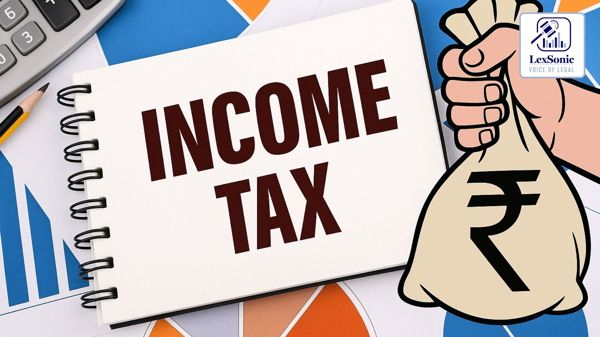Clarifying Capital Gains: A Legal Examination of Development Agreements and Tax Implications.
19 April 2024
Income Tax >> Tax Laws
A legal appeal concerning Sunil Pran Sikand vs The Assistant Commissioner of Income Tax, Circle 11 Mumbai and Another, the interpretation of a development agreement and its implications for capital gains tax under the Income Tax Act, 1961. The case was brought forth by the son of an assessee challenging the Income Tax Appellate Tribunal's (ITAT) decision regarding a substantial payment received from a developer.
Background:
The dispute centers around a property in Khar, Mumbai, owned by the father of the appellant. In 1992, the family entered into a development agreement with Gokul Construction Company. The father received Rs. 1.55 crores, while each son received Rs. 17.5 lakhs. This amount was declared as Long Term Capital Gain (LTCG) for the assessment year 1994-1995. A commitment letter from the developer promised additional compensation if transferable development rights (TDR) were obtained for further construction. This additional payment of Rs. 1,00,92,750 was offered as LTCG in the assessment year 1997-1998.

Assessment Officer's View:
The Assessing Officer contested the claim, asserting that since the property had already been transferred under the original development agreement, the appellant was no longer the owner at the time of the additional payment. As a result, the amount received was treated as income from other sources rather than capital gains. The officer argued that the commitment letter was not binding, as it was unilaterally issued and not included in the original agreement.
Commissioner of Income Tax (Appeals):
The Commissioner of Income Tax (CIT) upheld the Assessing Officer's position but classified the additional payment as Short Term Capital Gain (STCG), stating it was contingent on the developer acquiring TDR. This determination was made despite acknowledging that the tax implications would be similar whether classified as STCG or income from other sources.
ITAT's Decision:
The ITAT dismissed the appellant's appeal, agreeing that the property had been effectively transferred. The tribunal raised questions about why the developer would pay a substantial sum to someone without ownership rights, suggesting that the payment was likely to mitigate potential litigation risks.
Analysis of Agreements:
Upon review, the appeal highlights a critical aspect: the development agreement and commitment letter should be considered together. The timing of both documents indicates a mutual understanding that the additional payment was tied to future development rights, which were uncertain at the time of the original agreement.
Conclusion:
The appellate court ultimately ruled that the payment of Rs. 1,00,92,750 should be treated as consideration for development rights under the original agreement, qualifying as LTCG. This ruling emphasizes the importance of recognizing the intent behind agreements and maintaining consistency in interpreting contractual relationships. Consequently, the appeal was disposed of in favor of treating the payment as LTCG for the relevant assessment year, thus addressing the central issue of ownership and tax liability.
This case underscores the complexities involved in property development agreements and the necessity for clear communication between all parties involved, as well as the need for the tax authorities to thoroughly assess the intentions behind contractual documents.
